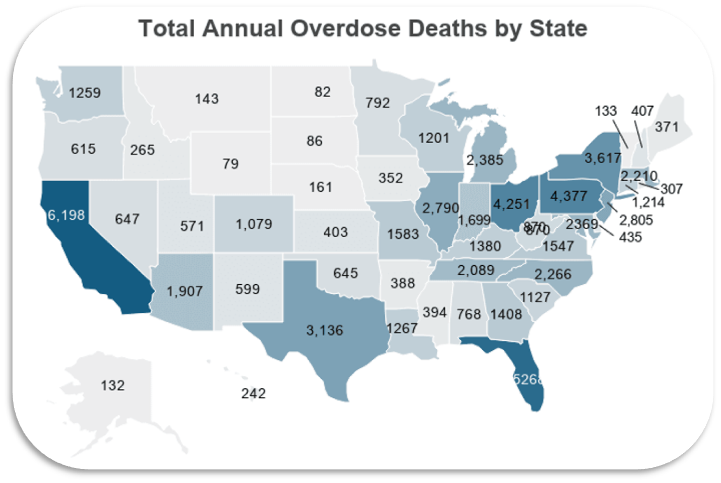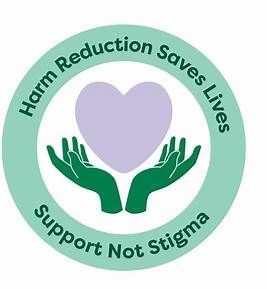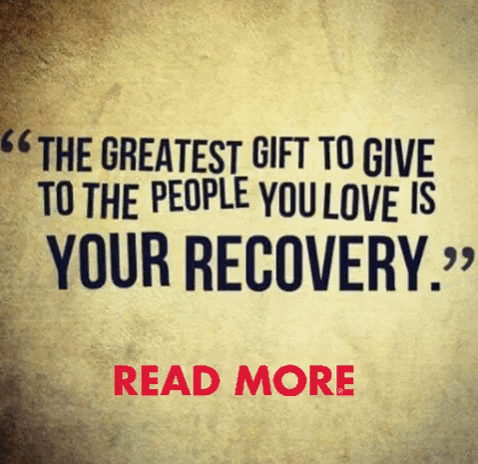Addiction is a Brain Disease
The role of dopamine in addiction
Addictive drugs are inherently rewarding. They highjack the brain's dopamine system to increase dopamine levels in the nucleus acumens, a key focal point for reward neurocircuitry in the brain. While dopamine is critical for the rewarding effects of drugs, its role in substance use disorders is still evolving.


Harm Reduction Referral's Available

In the event of analyzing all the data and information can be informative and overwhelming at the same time. National Center for Drug Abuse Statistics et al (2024), explains how drug overdose death rates are up thirty percent year-over-year. Where more than four times as many people have died from drug overdoses than from homicide in 2021. Also, that the overdose death counts can be deceptive because they aren’t always recorded as an overdose. Then it explain that the fastest growing drug category is these synthetic opioids which can include other drugs. Deaths amongst demographics are also tracked but shifted during the pandemic. Tracking them state by state demonstrates the concentration within the state, and on this map the highest is California, Northeast, Great Lakes and Mid-Atlantic regions.
DEA
Drug Enforcement Agency et al (2024), describes the effects of fentanyl exposure and how it is a potent synthetic opioid drug approved by the Food and Drug Administration for pain. The estimated effects is that it is one hundred times stronger than morphine and fifty times stronger than heroin. It can be consumed in variety of ways from snorting it/sniff, smoked, orally by pill or tablet, spiked onto paper, patches, in combination with other substances as well as in fake pills. The effects is relaxation, pain relief, sedation, confusion, drowsiness, dizziness, nausea and vomiting. As well as urinary retention, pupillary constriction and respiratory depression. Overdose fact sheets are available to download off this DEA website.
MAT and Harm Reduction is Needed
To demonstrate how our research would benefit our audience take this program in California Correctional Health Care Services for an example to consider a solution to our problem if we were to model this program nationally. According to CCHCS (2023), “in response to high rates of substance use disorder (SUD) related morbidity and mortality among the individuals who are incarcerated within the California Department of Corrections and Rehabilitation (CDCR), the Department, with support from California’s Legislature, began implementation of the Integrated Substance Use Disorder Treatment (ISUDT) Program in January 2020”.
(CCHCS, 2023), demonstrated based on their reports that was created to provide an update on the status of ISUDT Program implementation and to determine if the program is achieving its goal of reducing SUD-related morbidity and mortality. The report presented the drug overdose death trends and examined their impact with using the medication assisted treatment (MAT) adherence on overdose-related utilization of community hospital and emergency department services, and hepatitis c virus (HCV) reinfections. Statistics were gathered and collected in United States (U.S.), including prisons and jails, continues to face unprecedented numbers of drug overdose deaths. In 2021, the U.S. reached a grim milestone of 106,699 lives lost due to overdose, which is a record high. As we all know now that this is now becoming a public health crisis is driven by synthetic opioids (primarily fentanyl) with 82% of opioid-involved overdose deaths attributable to synthetic opioids.
Although the drug overdose and hospitalization has declined since the ISUDT implementation, heroin and opioids continue to cause most overdose deaths within CDCR, and fentanyl causing the increasing proportions also consistent with community trends (CCHCS, 2023). As a certified substance use disorder counselor who has worked in the prison system prior to the implementation of ISUDT program I do believe we are tending to this crisis within the prison system and have a lot of work still to be done.
I witnessed first hand we are in an epidemic in our prison system with incarcerated individuals dying weekly if not daily from overdoses of fentanyl in the prison. For example, in one housing unit ten people died three from one cell, and it continues to be under reported the deaths are not in the newspaper for each death, nor is the gang violence of stabbings on daily basis it's all fabricated statistics after you learn from working in the prison system watching your students die. Knowing my students have green light on their lives they will make them program, or they will receive a write up which hurts them rather than help them. Our prison system is corrupt and is in need of reform. Three Stricker's that did not murder anyone are in prison for life is that fair? While others get out sooner? Is it fair? They are not programming most the time and when parole board comes up no requirements are completed due to OP406 Short Officers? This why Corcoran Recovery Center offers Correspondence Courses by mail so your loved ones can get the help they need in a timely manner.


